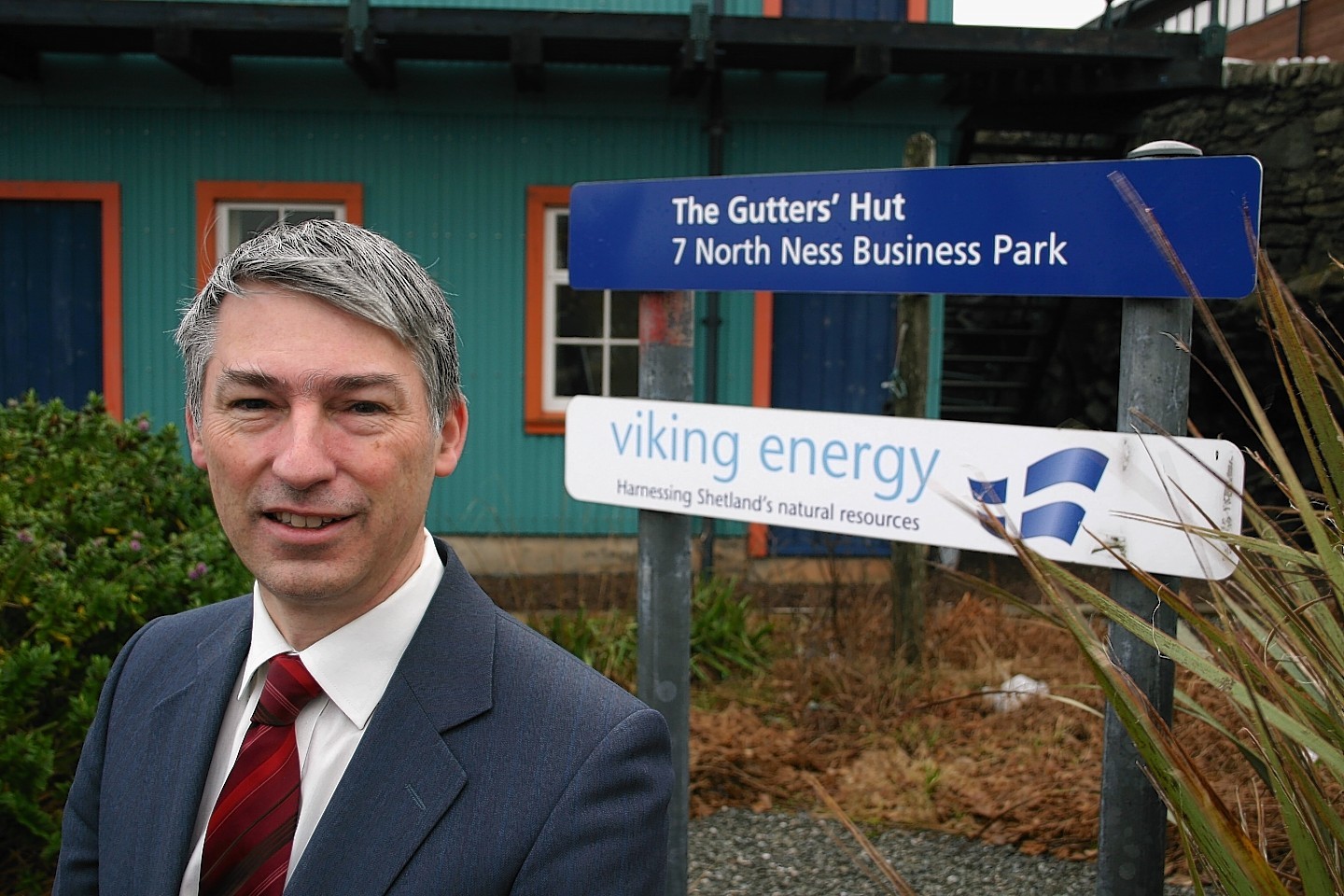A massive windfarm scheme which was blown off course by fears for the future of a rare wading bird is back on track.
But campaigners have pledged to continue their fight against the Viking project in the northern isles after judges at the UK Supreme Court paved the way for it to be built.
Sustainable Shetland said it was still fiercely opposed to opposition to the turbines plan despite the rejection of its legal bid to block it.
Permission was originally granted by Scottish ministers in 2012, but the action group challenged the decision at the Court of Session in Edinburgh.
Members claimed SNP ministers failed to take account of their obligations to protect the whimbrel.
Nearly all of the migratory wading bird’s UK population lives in Shetland – about 300 of them – and campaigners feared numbers would decline if the windfarm was built.
The decision by Supreme Court judges sitting in London means Viking Energy can now forge ahead with plans to build 103 turbines – each 475ft tall – and a network of access roads across the Shetland mainland.
The devices will cover three areas close to the village of Voe and straddling one of the islands’s main routes, the A970.
Viking claims a total of 475MW could potentially be generated, making it one of the largest turbine developments in Scotland.
Yesterday, Sustainable Shetland chairman, Frank Hay, said: “Our opposition to the windfarm – and its dire implications for the Shetland community and environment – remains undiminished.
“What we do next as far as that is concerned depends to a certain extent on a properly considered reading of the judgment, on what options are available to us outwith legal action, and on the wishes of our members.
“Our main priority for now, however, is to honour our financial commitments which are considerable, and for which we shall continue to fundraise.
“Finally, we wish to extend our sincere gratitude to all those who have supported us, and continue to do so, in a campaign which is surely unprecedented in Shetland’s history.”
Holyrood ministers argued that estimates suggested fewer than four whimbrel a year would be killed as a result of colliding with turbines, adding this total was “very small” when there could be between 72 and 108 deaths a year from other causes.
A habitat management plan (HMP) was drawn up, with the Scottish Government claiming this would “counteract the relatively small estimated rate of bird mortality” from the windfarm.
Ministers also said the project, which would create scores of new jobs in the islands, would help meet renewable energy targets.
In September 2013 the Court of Session ruled the consent was incompetent and that Viking Energy had not “meaningfully engaged” with a European birds directive.
The Scottish Government successfully appealed to the Court of Session’s Inner Court in July – prompting a counter-appeal to the UK Supreme Court by Sustainable Shetland.
A hearing was held in December and yesterday the judges’ decision was finally released.
In it, Lord Carnwath said: “The ministers were entitled to regard the limited anticipated impact on the whimbrel population, combined with the prospect of the HMP achieving some improvement to their conservation status more generally, as a sufficient answer to the objections under this head.”
Lord Neuberger, Lord Sumption, Lord Reed and Lord Hodge all agreed.
Viking Energy chairman, Alan Bryce, said: “We are delighted the Supreme Court has endorsed the planning consent for Viking Windfarm, granted in April 2012.
“We can now concentrate on developing what would be one of the world’s most productive windfarms, to generate renewable energy and significant income for the Shetland community.
“I would like to thank all who have supported us in reaching this positive outcome. Viking Energy looks forward to making progress during 2015.”



